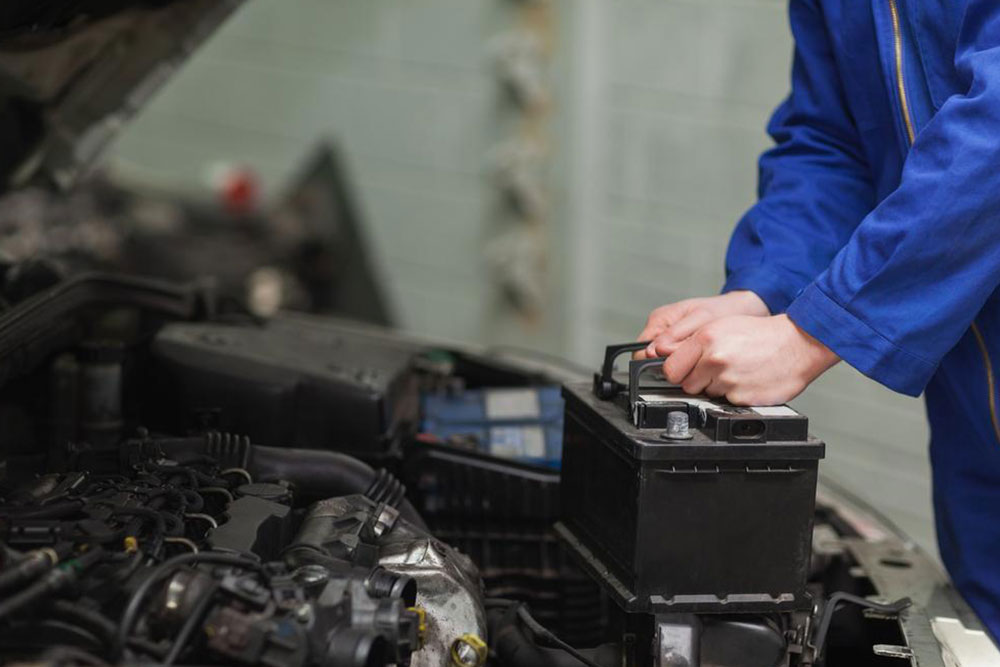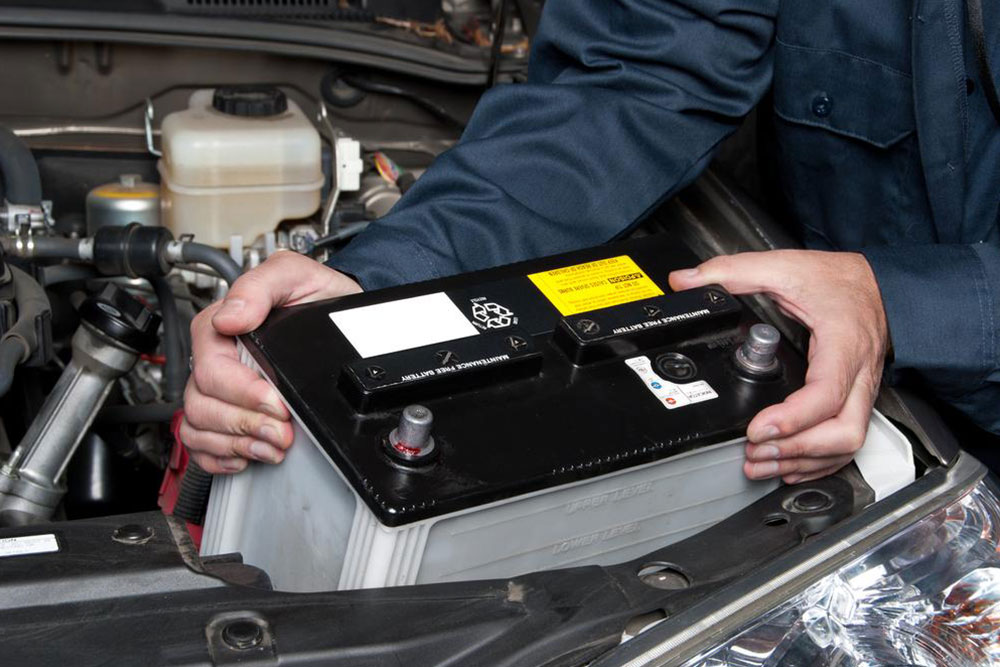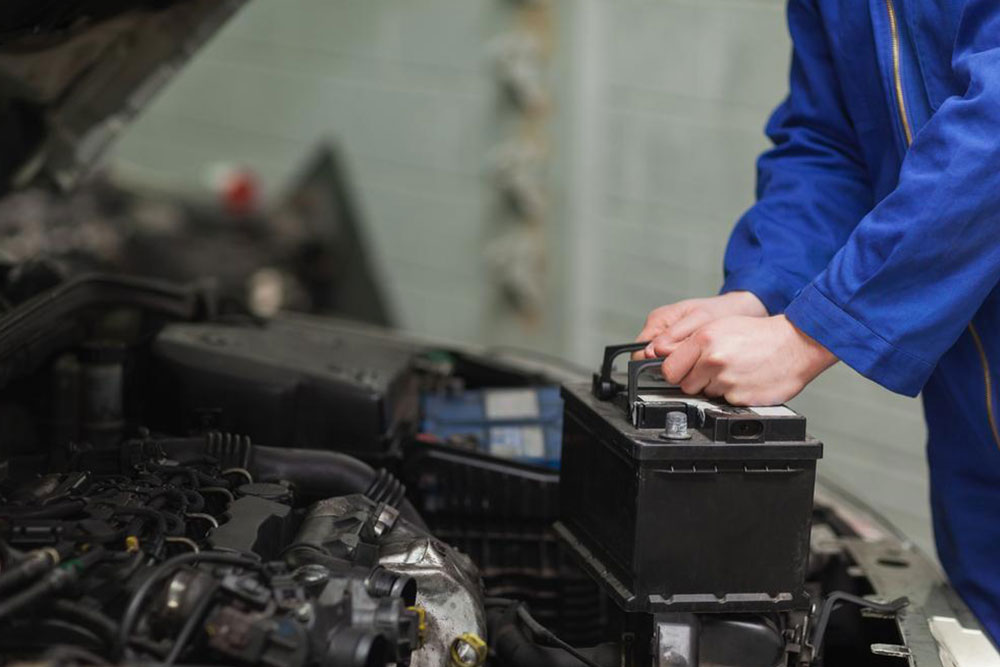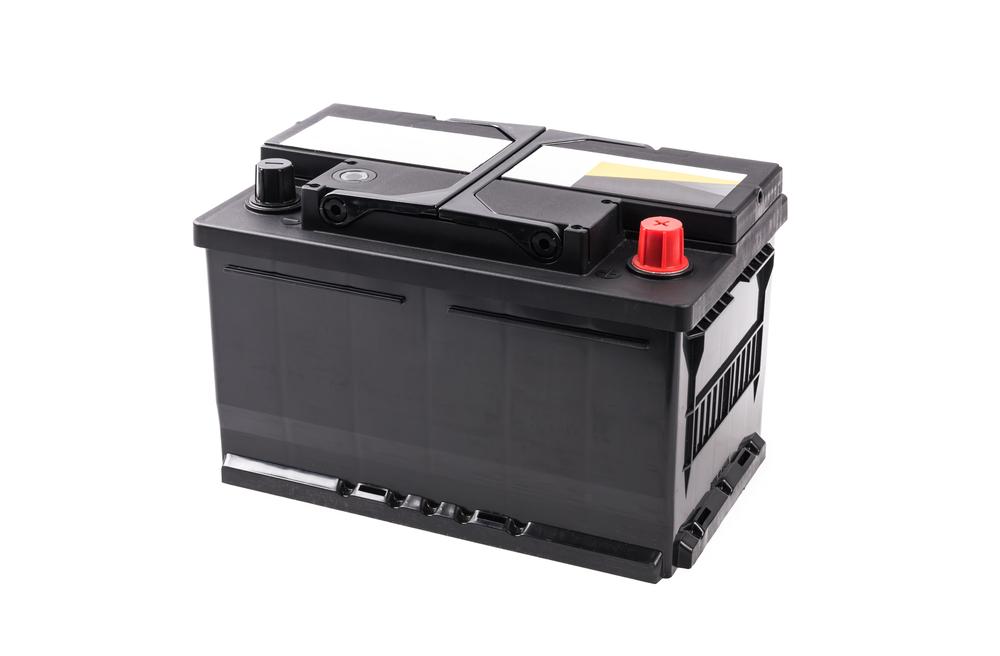Comprehensive Guide to Automotive Batteries: Everything You Need to Know
This comprehensive guide provides essential insights into automotive batteries, covering their types, functions, maintenance tips, environmental impact, and the latest technological advancements. Understanding your vehicle’s battery is key to ensuring reliable starts and electrical performance, while also promoting eco-friendly practices through recycling. Whether you're a vehicle owner or a technician, this article offers detailed information to help you maintain and troubleshoot automotive batteries effectively, extending their lifespan and ensuring your vehicle runs smoothly in all conditions.
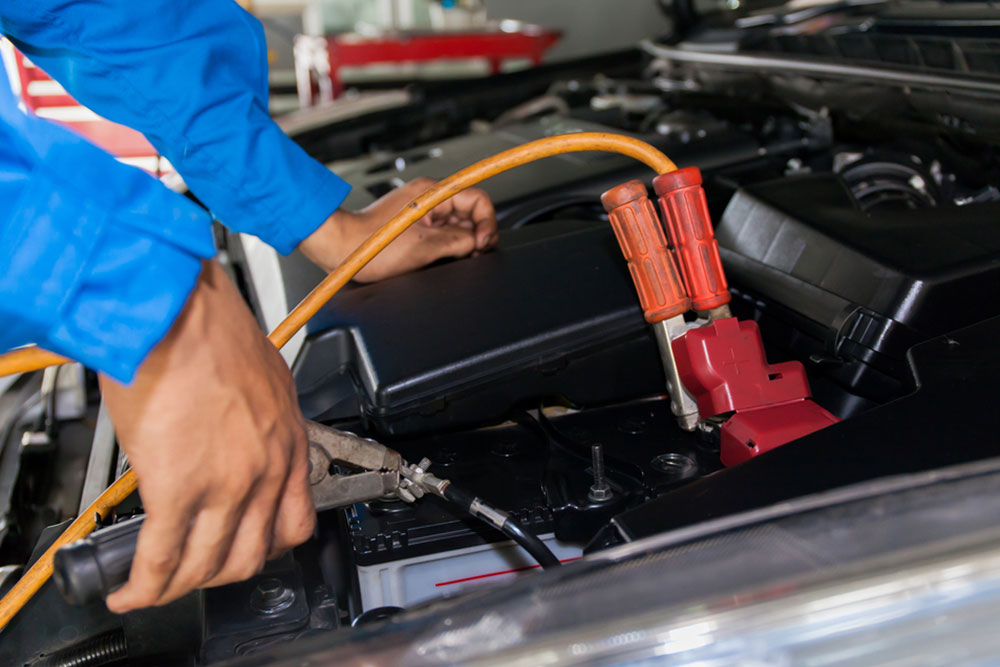
Comprehensive Guide to Automotive Batteries: Everything You Need to Know
Automotive batteries play a vital role in the operation and reliability of vehicles. As the core power source for starting the engine and powering electrical systems, understanding the intricacies of automotive batteries is essential for vehicle owners, technicians, and enthusiasts alike. From their basic functions to maintenance tips and environmental considerations, this comprehensive guide covers all critical aspects of automotive batteries.
In any vehicle, the battery is the initial component responsible for jump-starting the engine. Once the engine is running, the alternator takes over, supplying power to the electrical systems and recharging the battery. The most common type of automotive battery is the lead-acid, starting, lighting, and ignition (SLI) battery, which has been the industry standard for decades. These batteries operate by converting chemical energy into electrical energy through an array of carefully designed plates and electrolyte solutions.
The importance of a reliable battery cannot be overstated. If a car's battery fails, it can result in the inability to start the vehicle, leaving drivers stranded. Factors influencing battery lifespan include temperature, usage patterns, and maintenance habits. Excessive heat exposure leads to accelerated internal corrosion, diminishing battery efficiency and lifespan. Cold temperatures can also impair battery performance, making proper storage and maintenance essential for optimal function.
Modern automotive batteries are engineered for user convenience and cost-effectiveness. They are designed to be low-maintenance, with features that minimize the need for frequent checks and top-ups. Nonetheless, regular inspections can reveal signs of impending failure. Typical signs of battery drain or failure include warning lights on the dashboard, slow engine cranking, or electrical issues such as flickering lights or malfunctioning electronics. Unusual smells, such as a rotten egg odor, may indicate electrolyte leakage or internal damage.
A typical car battery consists of six galvanic cells connected in series, each producing approximately 2.1 volts, leading to a nominal 12-volt system. These cells contain lead-antimony plates immersed in sulfuric acid electrolyte. Over time, heat-induced corrosion deteriorates the internal components, reducing capacity and reliability. Recycling aging or failed batteries is vital for environmental sustainability, as lead-acid batteries contain hazardous materials that can be safely reclaimed and reused.
In the early days of automobiles, batteries were not a standard component, as vehicles relied on mechanical systems and manual controls. The rise in the popularity of car batteries began in the 1910s and 1920s, revolutionizing vehicle starting systems. The advent of electric starters in the 1990s further increased demand for more reliable, powerful batteries. Today, batteries are categorized by size, capacity, and placement within the engine bay to accommodate different vehicle sizes and power needs.
Modern batteries are composed mainly of lead plates and sulfuric acid, but advancements have led to variations like absorbed glass mat (AGM) and gel batteries tailored for specific applications. Heavy-duty vehicles, such as trucks and buses, often require multiple batteries to meet their higher electrical demands. Popular brands such as Bosch, Autocraft, Duralast, and DieHard are recognized for their durability and performance in diverse conditions.
Proper maintenance and timely replacement are crucial to prevent unexpected breakdowns. Regular inspection of the battery’s terminals for corrosion, ensuring tight connections, and verifying electrolyte levels (if applicable) help prolong battery life. Additionally, keeping the battery clean and secure prevents mechanical damage and electrical faults. During winter months or in extreme heat, additional precautions can help extend battery lifespan—such as parking in shaded areas or using protective covers.
When your vehicle shows signs of sluggish starting, dim lights, or warning indicators, it’s time to check the battery. Jump-starting your car with another vehicle’s battery is a common quick fix, but persistent issues indicate the need for professional diagnostics or replacement. Modern diagnostic tools can assess battery health, providing precise information about remaining capacity and internal resistance, facilitating better maintenance decisions.
In summary, automotive batteries are a crucial component that ensures reliable vehicle operation. Advances in technology and environmental awareness continue to influence battery design and recycling efforts. Whether you own a compact car, SUV, or heavy-duty truck, understanding the basics of automotive batteries and proper maintenance practices can save you time, money, and potential inconvenience. Staying informed about the signs of battery failure and upcoming maintenance can keep your vehicle running smoothly and efficiently for years to come.
